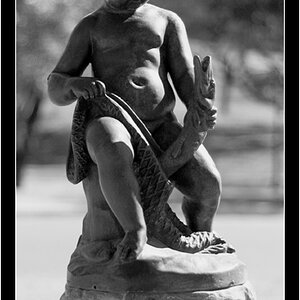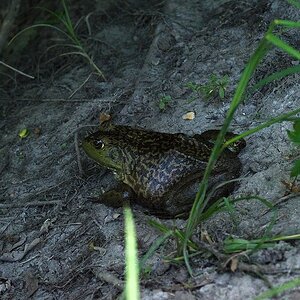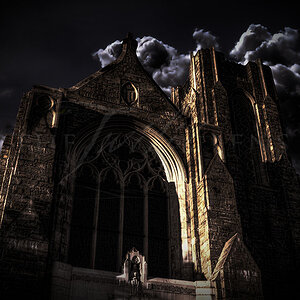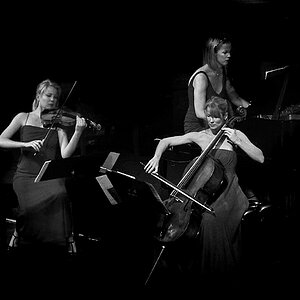ErectedGryphon
TPF Noob!
- Joined
- Sep 9, 2009
- Messages
- 333
- Reaction score
- 0
- Location
- Houston, TX
- Website
- picasaweb.google.com
- Can others edit my Photos
- Photos NOT OK to edit
From what I have seen in this section, when cropping wildlife, most people center the subject instead of using the rule of thirds. So today I shot this photo and cropped it using both methods, I like the way both came out, but they "feel" different to me. It's hard to explain, but maybe you can "feel" what I mean, and explain it to me? I'm new to shooting wildlife and am trying to learn what I can, though 95% of what I shoot is unusable, I'll blame my auto-focus, for now... 
#1 Some type of buzzard maybe? (I stumbled upon them eating someones dead pet, they discarded in the woods)
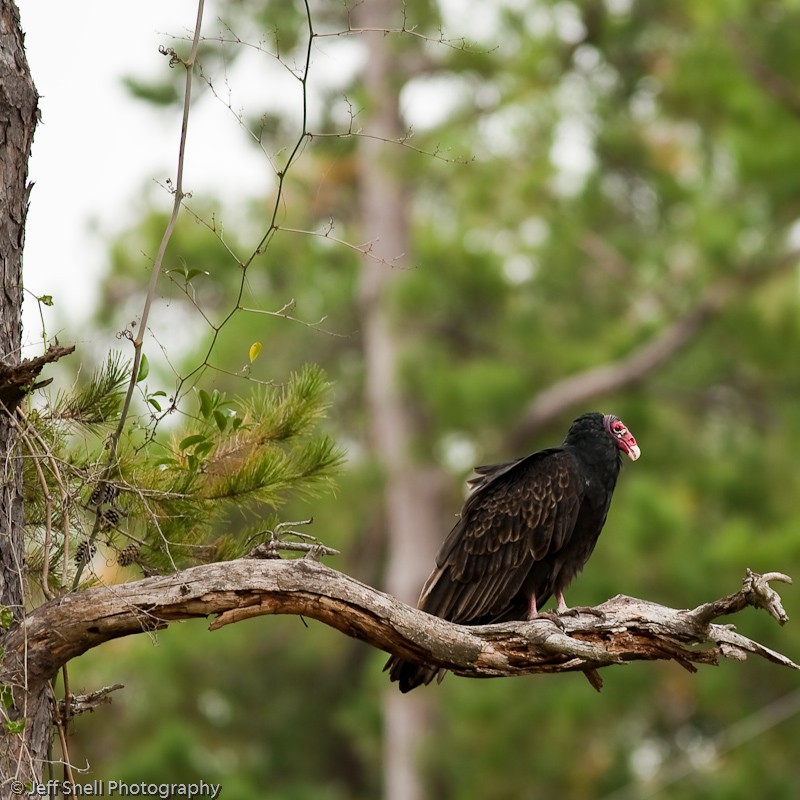
#2 Same shot, different crop.
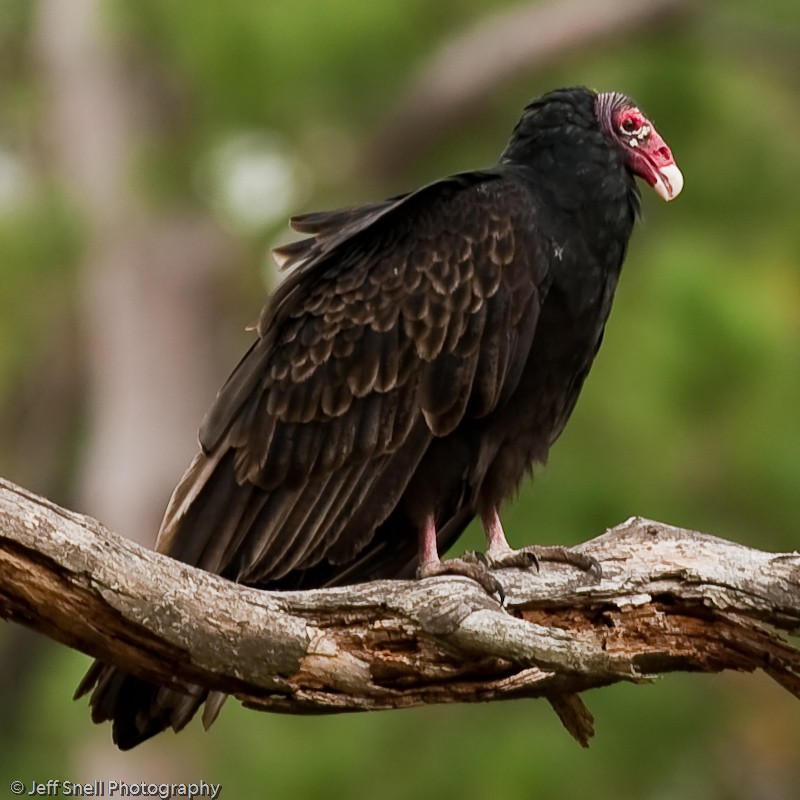
Camera: Canon 5D
Lens: Canon 300mm f/4L IS USM
ISO: 100
Exposure: 1/100 @ f/4.0
Thanks in advance for any constructive comments!
#1 Some type of buzzard maybe? (I stumbled upon them eating someones dead pet, they discarded in the woods)

#2 Same shot, different crop.

Camera: Canon 5D
Lens: Canon 300mm f/4L IS USM
ISO: 100
Exposure: 1/100 @ f/4.0
Thanks in advance for any constructive comments!


![[No title]](/data/xfmg/thumbnail/30/30867-a58aa3d7c15d0b48498a201af3a68a8f.jpg?1619734485)
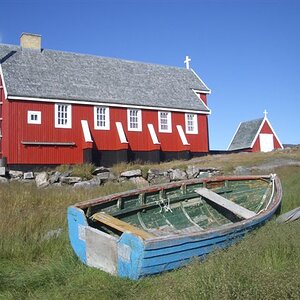
![[No title]](/data/xfmg/thumbnail/32/32636-5a159481dcab8aaf87f2d7b501496db1.jpg?1619735554)
![[No title]](/data/xfmg/thumbnail/34/34122-fb99897e57c9440aede4be4fdc5f1352.jpg?1619736292)
![[No title]](/data/xfmg/thumbnail/32/32635-be18e952e67667cbb1525b4b057b6423.jpg?1619735554)
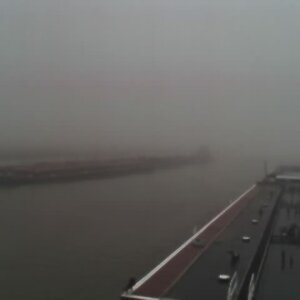
![[No title]](/data/xfmg/thumbnail/38/38294-cb4a5aa0ded725d4c694e6eebe276f0d.jpg?1619738564)
